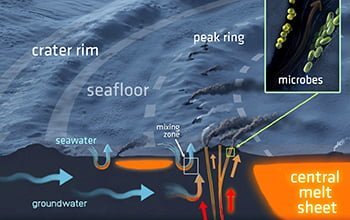
Research News
Study of 35-year period shows marked increase in production of perennial crops
March 23, 2020
Farmers in California’s Central Valley have seen a boost in the productivity of their high-value crops — and greater earnings — as a result of the Golden State’s air pollution controls.
Perennial crops such as almonds, grapes, nectarines, peaches, strawberries and walnuts make up about 38% of the state’s total agricultural output. In a National Science Foundation-funded study published in Nature Food, researchers at the University of California, Irvine and other institutions conducted a statistical analysis of pollution exposure and yields from these crops from 1980 to 2015.
They found that reductions in ground ozone during this 35-year period resulted in $600 million in increased production annually by the early 2010s.
“Many California farmers may not appreciate that air quality standards have had such a benefit on their ability to grow crops,” said co-author Steven Davis, a UCI Earth system scientist.
The researchers projected crop yield changes out to the year 2050 under various scenarios, determining that expected declines in pollution would result in a 5% boost in wine grapes, an 8% climb in nectarines and a 20% jump in table grapes. They discovered, however, that yields of other crops, such as almonds, may suffer comparable decreases because of higher temperatures.
Davis noted that earlier studies on the impact of climate warming and pollution on the state’s ability to grow food have focused on high-volume staple crops such as wheat, soy and rice. But he and his colleagues chose to concentrate on perennials because of the long-term investment they represent and the fact that California is a major supplier of this produce.
“The results of this work show the benefits policy decisions, such as air pollution controls, can have on other components of the socioenvironmental system,” says Laura Lautz, a program director in NSF’s Division of Earth Sciences. “This research will help us evaluate how the decisions we make today will impact food, energy, and water systems into the future.”
—
NSF Public Affairs,
researchnews@nsf.gov
Source: NSF News
Brought to you by China News








